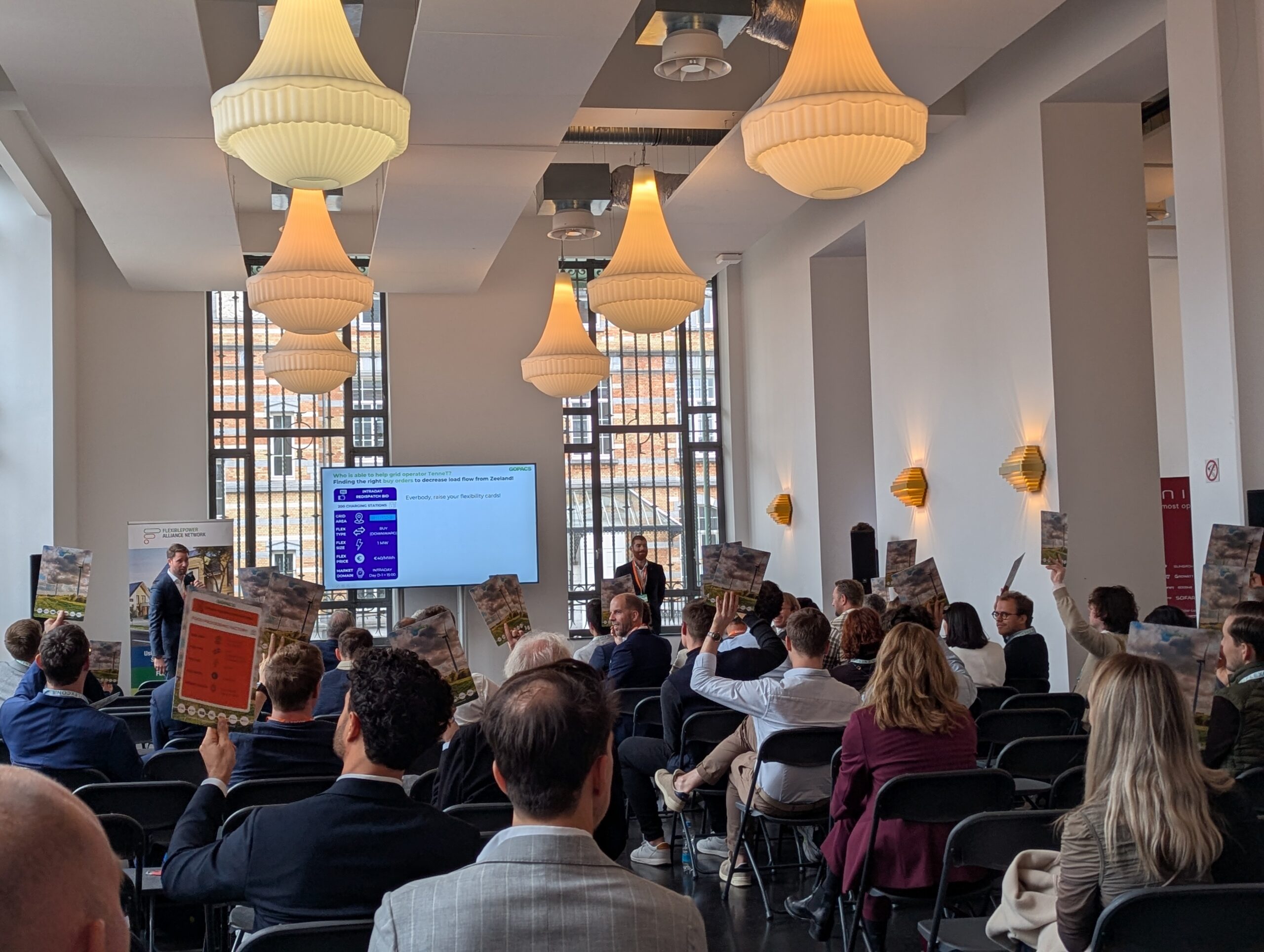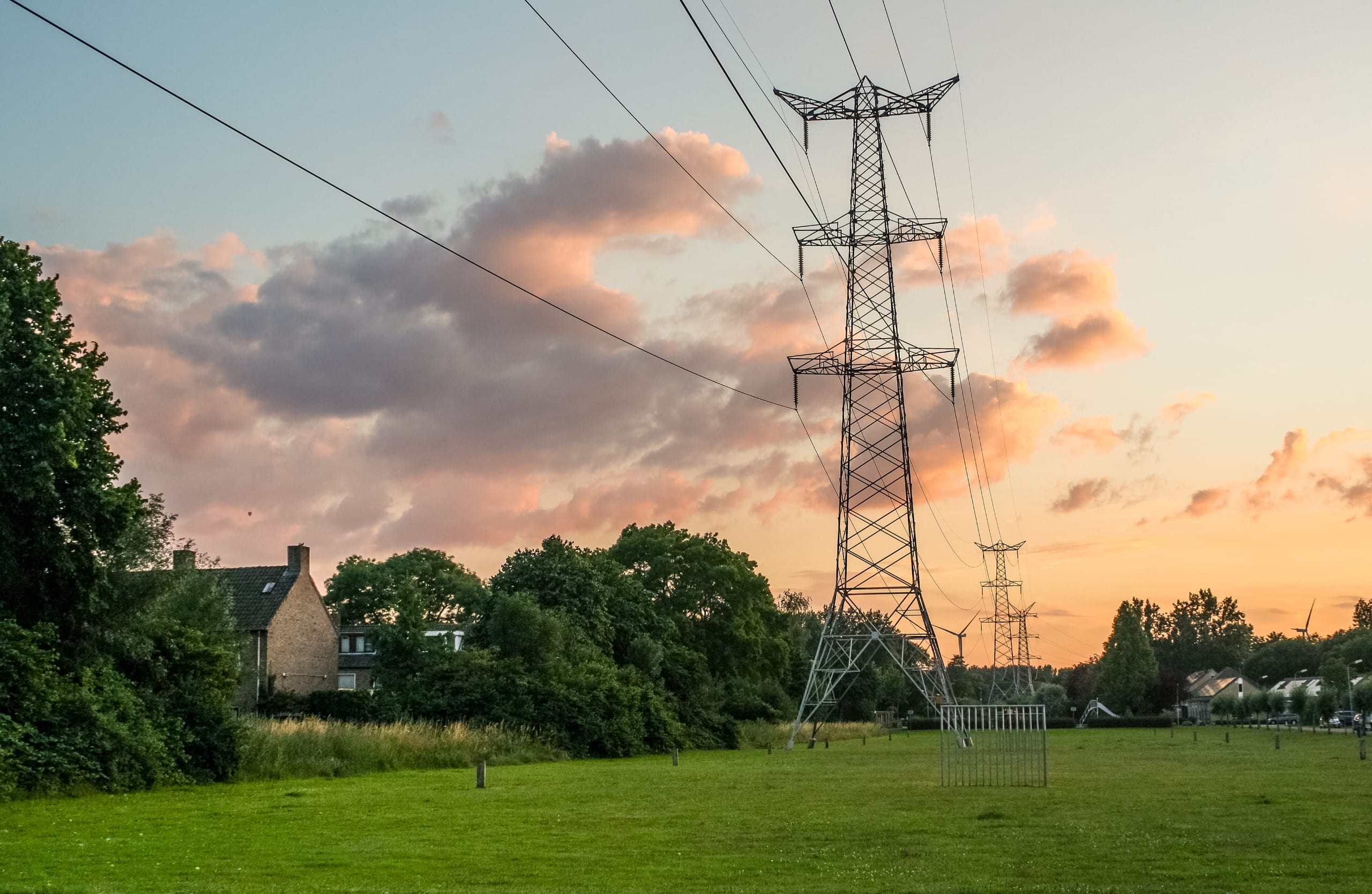
Customer Story: Creating value in an increasingly full system
As a virtual power plant, Next Kraftwerke controls over 15,000 assets across Europe — from solar and wind farms to industrial processes in sectors such as chemistry, waste processing and food production. The mission remains the same: to maximise value for customers by using their flexibility smartly across all markets.











